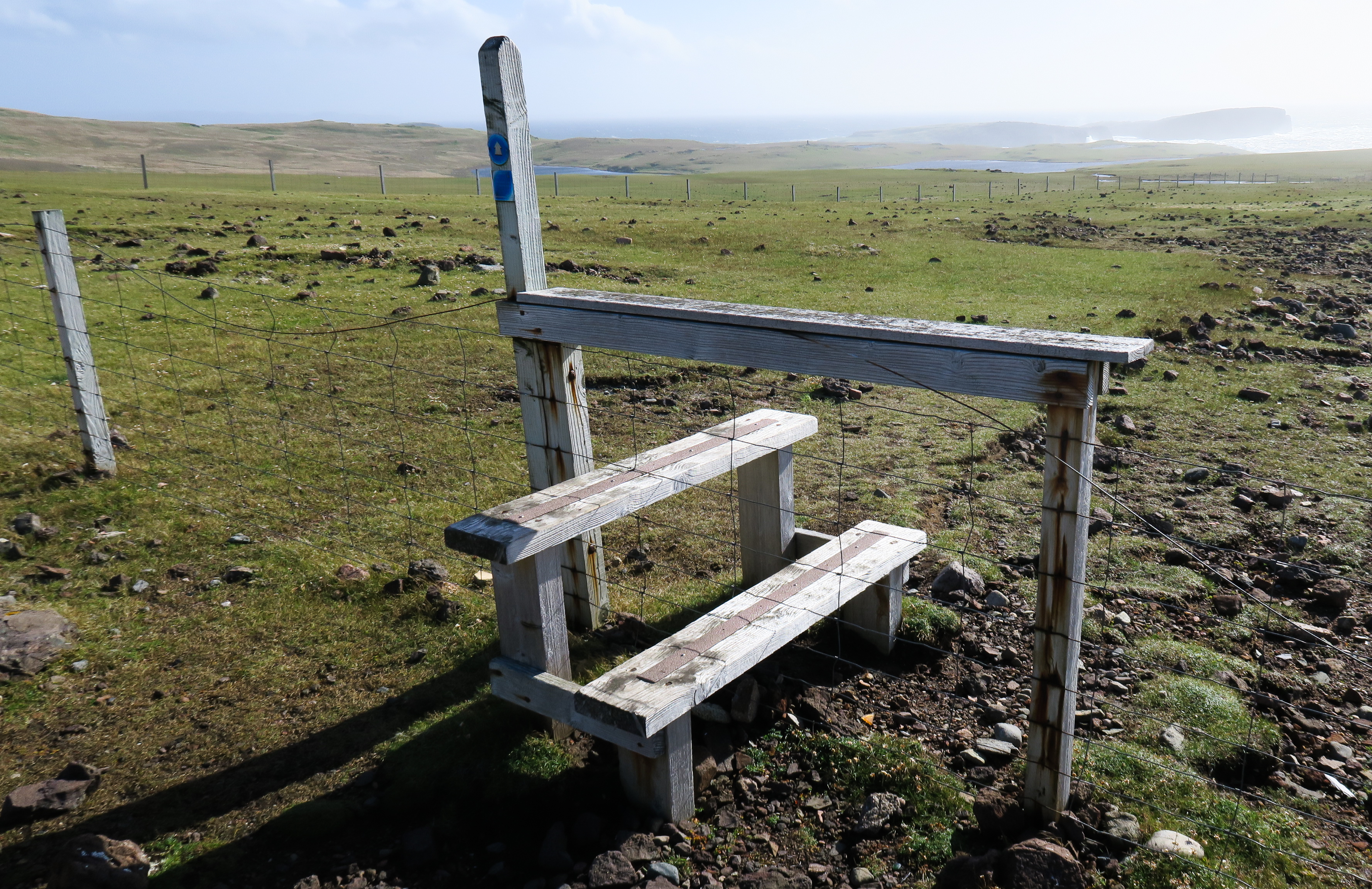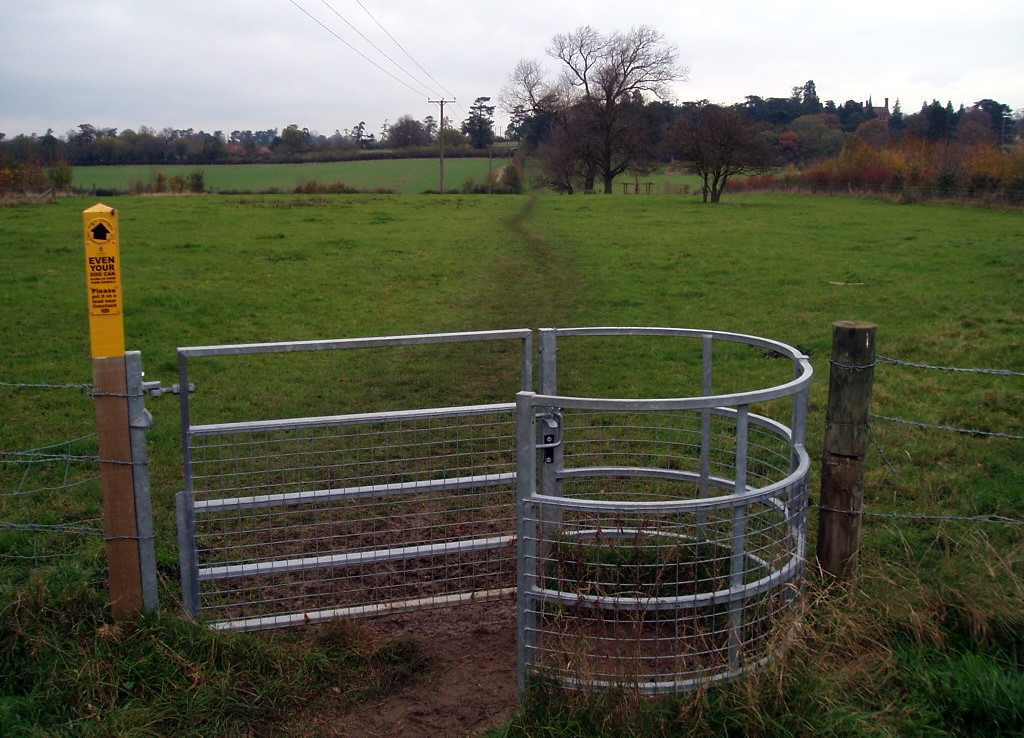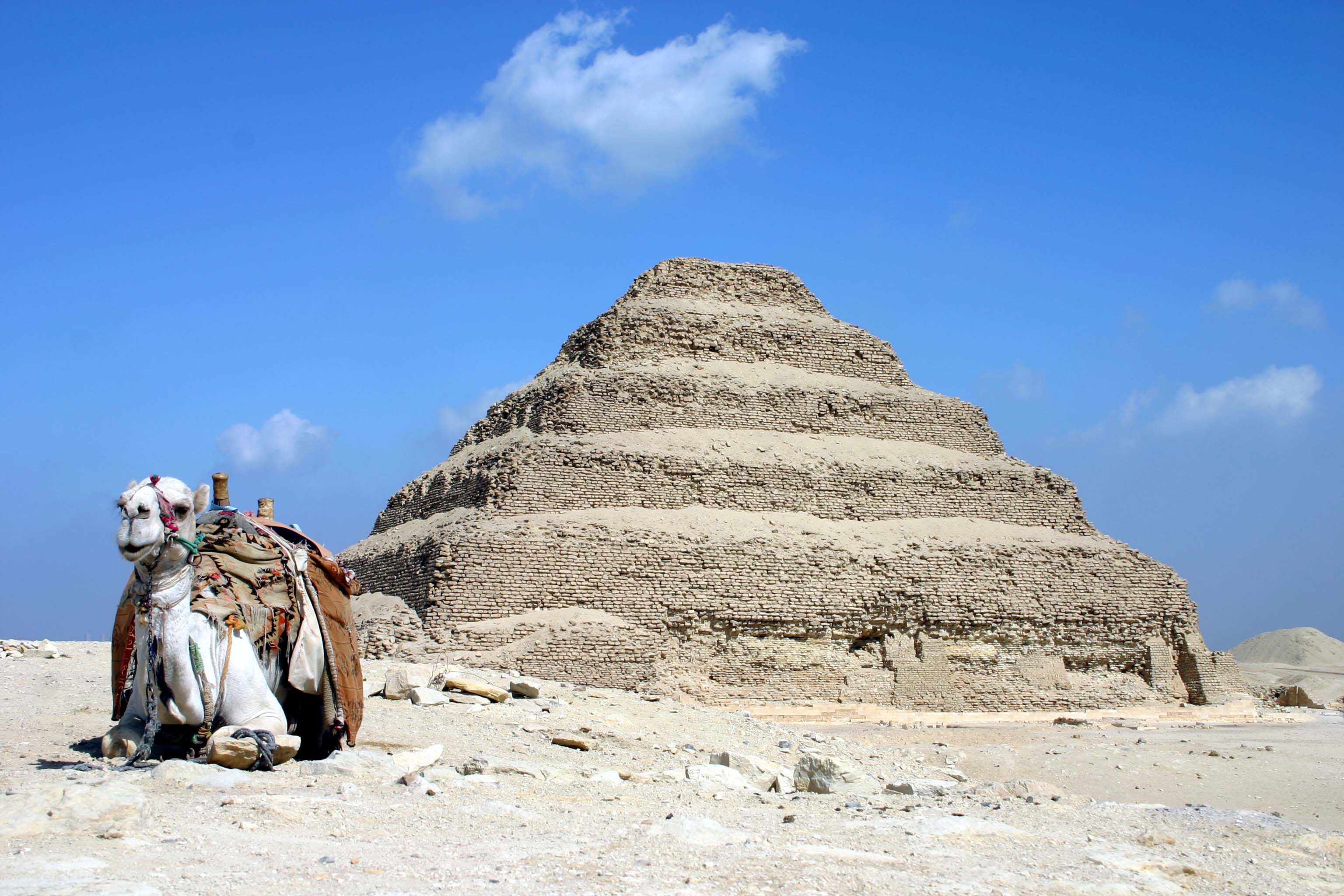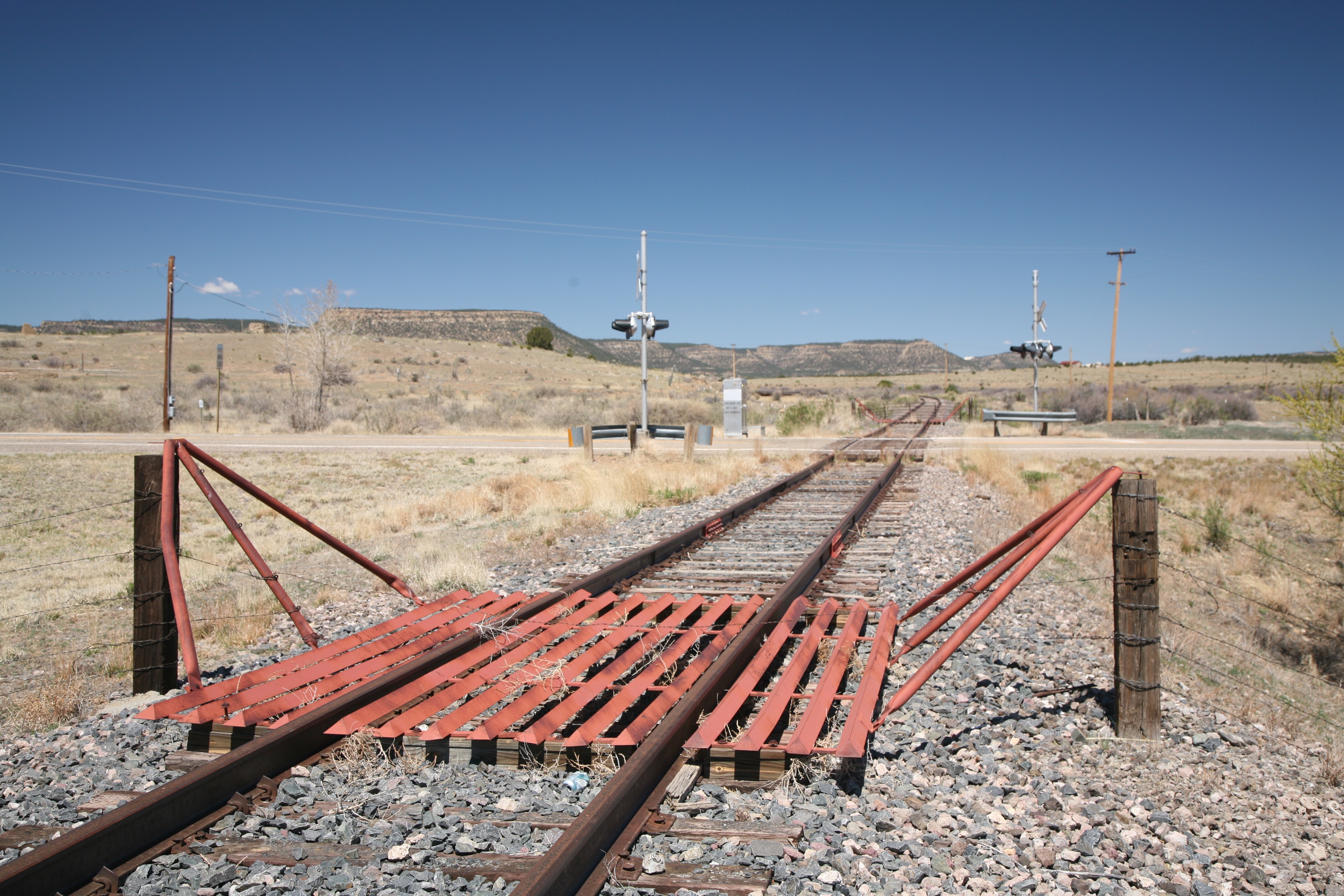|
Stile
A stile is a structure or opening that provides passage for humansrather than animals such as livestockover or through a boundary. Common forms include steps, ladders, or narrow gaps. Stiles are often built in rural areas along footpaths, fences, walls, or hedges that enclose domestic animals. Types In the United Kingdom many stiles were built under legal compulsion (see Rights of way in the United Kingdom). Recent changes in UK government policy towards farming have encouraged upland landowners to make access more available to the public, and this has seen an increase in the number of stiles and an improvement in their overall condition. However stiles are deprecatedBritish Standard BS5709:2018 Gaps Gates & Stiles () and are increasingly being replaced by gates or kissing gates or, where the field is arable, the stile removed. Many legacy stiles remain, however, in a variety of forms (as is also the case in the US, where there is no standard). As well as having a variety ... [...More Info...] [...Related Items...] OR: [Wikipedia] [Google] [Baidu] |
Rambler Gate
A rambler gate is a self-closing footpath barrier that is in common use in some parts of Britain. It is designed to allow pedestrians to pass but to provide an effective barrier to livestock. It resembles a squeeze stile but the gap can be expanded by pushing a pair of pivot posts apart. The pivot posts will close under their own weight, and are often strung with chains that fill in the gaps. There may be a simple latch to hold the two pivot posts together. A rambler gate is relatively easy to use and it is possible, but awkward, to get a bicycle though. Although it may be easier to negotiate than a stile, pushing the pivot posts aside does require some strength and, as they close, they can catch the unwary. The design is compact and easy to install. It is important to keep the mechanism free of debris. The gates keep out livestock, horses, motorcycles and vehicles. They are also a barrier to baby buggies, wheelchairs and mobility vehicles. File:Stile at Shuckburgh Church - ... [...More Info...] [...Related Items...] OR: [Wikipedia] [Google] [Baidu] |
Kissing Gate
A kissing gate is a gate that allows people, but not livestock, to pass through. The normal construction is a half-round, rectangular, trapezoidal or V-shaped part-enclosure with the free end of a hinged gate trapped between its arms. When the gate is touching an arm it must be pulled or pushed to pass through. The gate may need to be pushed to give access to the small enclosure, and when in the enclosure the person pulls the gate past the bulk of the enclosure to exit. Some examples have latches. Most are installed self-closing, to the side away from the pasture (livestock field), by hinge geometry, a spring or weight. The gate may be made large enough to fit wheelchairs and the like. Alternatively, to allow pushchairs, wheelchairs, bicycles, and other things too large to pass through, a conventional gate with a less consistent swing-back or default animal-proof mechanism may be nearby, or an additional latch may allow it to open more fully. The name dates back to at least 1 ... [...More Info...] [...Related Items...] OR: [Wikipedia] [Google] [Baidu] |
Mass Path
A mass path is a pedestrian track or road connecting destinations frequently used by rural communities, traditionally leading to a church celebrating Sunday Mass. They were most common during the centuries that preceded motorised transportation in Western Europe, and in particular Great Britain, Ireland, and the Netherlands where such a path is called a ''kerkenpad'' (). Mass paths typically included stretches crossing the fields of neighbouring farmers, and were likely to contain stiles when crossing fences or other boundaries and plank bridges to cross ditches. Some mass paths are still used today in the Republic of Ireland Ireland ( ), also known as the Republic of Ireland (), is a country in Northwestern Europe, north-western Europe consisting of 26 of the 32 Counties of Ireland, counties of the island of Ireland, with a population of about 5.4 million. ..., but are usually subject to Ireland's complicated rights of way law. [...More Info...] [...Related Items...] OR: [Wikipedia] [Google] [Baidu] |
Kissing Gate
A kissing gate is a gate that allows people, but not livestock, to pass through. The normal construction is a half-round, rectangular, trapezoidal or V-shaped part-enclosure with the free end of a hinged gate trapped between its arms. When the gate is touching an arm it must be pulled or pushed to pass through. The gate may need to be pushed to give access to the small enclosure, and when in the enclosure the person pulls the gate past the bulk of the enclosure to exit. Some examples have latches. Most are installed self-closing, to the side away from the pasture (livestock field), by hinge geometry, a spring or weight. The gate may be made large enough to fit wheelchairs and the like. Alternatively, to allow pushchairs, wheelchairs, bicycles, and other things too large to pass through, a conventional gate with a less consistent swing-back or default animal-proof mechanism may be nearby, or an additional latch may allow it to open more fully. The name dates back to at least 1 ... [...More Info...] [...Related Items...] OR: [Wikipedia] [Google] [Baidu] |
Turnstile
A turnstile (also called a gateline, baffle gate, automated gate, turn gate in some regions) is a form of gate which allows one person to pass at a time. A turnstile can be configured to enforce One-way traffic#One-way traffic of people, one-way human traffic. In addition, a turnstile can restrict passage only to people who insert a coin, ticket, transit pass, security credential, or other method of payment or verification. Modern turnstiles can incorporate biometrics, including retina scanning, fingerprints, and other individual human characteristics which can be scanned. Thus a turnstile can be used in the case of Fare control, paid access (sometimes called a faregate or ticket barrier when used for this purpose), for example to access public transport, a pay toilet, or to restrict access to authorized people, for example in the lobby of an office building. History Turnstiles were originally used, like other forms of stile, to allow human beings to pass while excluding live ... [...More Info...] [...Related Items...] OR: [Wikipedia] [Google] [Baidu] |
Lake District National Park
The Lake District, also known as ''the Lakes'' or ''Lakeland'', is a mountainous region and National parks of the United Kingdom, national park in Cumbria, North West England. It is famous for its landscape, including its lakes, coast, and mountains, and for its literary associations with Beatrix Potter, John Ruskin, and the Lake Poets. The Lakeland fells, or mountains, include England's List of P600 mountains in the British Isles, highest: Scafell Pike (), Helvellyn () and Skiddaw (). The region also contains sixteen major lakes. They include Windermere, which with a length of and an area of is the longest and largest lake in England, and Wast Water, which at is the deepest lake in England. The Lake District National Park was established in 1951, and covers an area of , the bulk of the region. It was designated a UNESCO World Heritage Site in 2017. National Park The Lake District National Park includes all of the central Lake District, though the town of Kendal, some c ... [...More Info...] [...Related Items...] OR: [Wikipedia] [Google] [Baidu] |
Westmeath
County Westmeath (; or simply ) is a Counties of Ireland, county in Republic of Ireland, Ireland. It is in the Provinces of Ireland, province of Leinster and is part of the Eastern and Midland Region. It formed part of the historic Kingdom of Meath, which was named Mide because the kingdom was located in the geographical centre of Ireland (the word Mide meaning 'middle'). Westmeath County Council is the administrative body for the county, and the county town is Mullingar. At the 2022 census, the population of the county was 95,840. History Following the Norman invasion of Ireland, the territory of the Gaelic Kingdom of Meath formed the basis for the Anglo-Norman Lordship of Meath granted by King Henry II of England to Hugh de Lacy, Lord of Meath, Hugh de Lacy in 1172. Following the failure of de Lacy's male heirs in 1241, the Lordship was split between two great-granddaughters. One moiety, a central eastern portion, was awarded to Maud de Lacy, Baroness Geneville, Maud (de G ... [...More Info...] [...Related Items...] OR: [Wikipedia] [Google] [Baidu] |
Shetland Stile
Shetland (until 1975 spelled Zetland), also called the Shetland Islands, is an archipelago in Scotland lying between Orkney, the Faroe Islands, and Norway, marking the northernmost region of the United Kingdom. The islands lie about to the northeast of Orkney, from mainland Scotland and west of Norway. They form part of the border between the Atlantic Ocean to the west and the North Sea to the east. The island's area is and the population totalled in . The islands comprise the Shetland constituency of the Scottish Parliament. The islands' administrative centre, largest settlement and only burgh is Lerwick, which has been the capital of Shetland since 1708, before which time the capital was Scalloway. Due to its location it is accessible only by ferry or flight with an airport located in Sumburgh as well as a port and emergency airstrip in Lerwick. The archipelago has an oceanic climate, complex geology, rugged coastline, and many low, rolling hills. The largest island, ... [...More Info...] [...Related Items...] OR: [Wikipedia] [Google] [Baidu] |
Snowdonia
Snowdonia, or Eryri (), is a mountainous region and National parks of the United Kingdom, national park in North Wales. It contains all 15 mountains in Wales Welsh 3000s, over 3000 feet high, including the country's highest, Snowdon (), which is tall. These peaks are all part of the Snowdon Massif, Snowdon, Glyderau, and Carneddau ranges in the north of the region. The shorter Moelwynion and Moel Hebog ranges lie immediately to the south. The national park has an area of (the fourth-largest in the UK), and covers most of central and southern Gwynedd and the western part of Conwy County Borough. This is much larger than the area traditionally considered Snowdonia, and in addition to the five ranges above includes the Rhinogydd, Cadair Idris, and Aran Fawddwy, Aran ranges and the Dyfi hills, Dyfi Hills. It also includes most of the coast between Porthmadog and Aberdyfi. The park was the first of the three national parks of Wales to be designated, in October 1951, and the third i ... [...More Info...] [...Related Items...] OR: [Wikipedia] [Google] [Baidu] |
Architectural Elements
:''The following Outline (list), outline is an overview and topical guide to architecture:'' Architecture – the process and the product of designing and constructing buildings. Architectural works with a certain indefinable combination of design quality and external circumstances may become cultural symbols and / or be considered works of art. What type of thing is architecture? Architecture can be described as all of the following: * Academic discipline – focused study in one academic field or profession. A discipline incorporates expertise, people, projects, communities, challenges, studies, inquiry, and research areas that are strongly associated with the given discipline. * Buildings – buildings and similar structures, the product of architecture, are referred to as architecture. * One of the arts – as an art form, architecture is an outlet of human expression, that is usually influenced by culture and which in turn helps to change culture. Archit ... [...More Info...] [...Related Items...] OR: [Wikipedia] [Google] [Baidu] |
Cattle Grid
A cattle grid – also known as a stock grid in Australia; cattle guard, or cattle grate in American English; vehicle pass, or stock gap in the Southeastern United States; Texas gate in western Canada and the northwestern United States; and a cattle stop in New Zealand English – is a type of obstacle used to prevent livestock, such as sheep, cattle, Domestic pig, pigs, horses, or mules from passing along a road or railway which penetrates the fencing surrounding an enclosed piece of land or border. It consists of a depression in the road covered by a transverse grid of bars or tubes, normally made of metal and firmly fixed to the ground on either side of the depression, so that the gaps between them are wide enough for an animal's feet to enter, but sufficiently narrow not to impede a wheeled vehicle or human foot. This provides an effective barrier to animals without impeding wheeled vehicles, as the animals are reluctant to walk on the grates. Origins The modern cattle grid ... [...More Info...] [...Related Items...] OR: [Wikipedia] [Google] [Baidu] |
Rampton, Cambridgeshire
Rampton is a village in Cambridgeshire, England, situated on the edge of The Fens six miles to the north of Cambridge. History The edge of the Fens were well-populated during Roman times and Rampton was no exception. The settlement apparently vanished after the Roman era and reappeared around the area of the present church in Anglo Saxon times. The earthwork remains of a castle, known as Giant's Hill, are located to the east of the village by the church. Construction of the castle began during The Anarchy circa 1140, but was likely never completed. Rampton has always been one of the smallest of the area's villages along the edge of the Fens. The Domesday Book listed 19 tenants, and there were only 31 families in 1563 and 39 households in 1664. At the time of the first census in 1801 there were 162 inhabitants, rising to 220 in 1821 and 250 in 1871 but dropping to under 180 in 1901. After slow growth to 221 by 1951, its growth mirrored that of neighbouring villages in rising to 35 ... [...More Info...] [...Related Items...] OR: [Wikipedia] [Google] [Baidu] |








